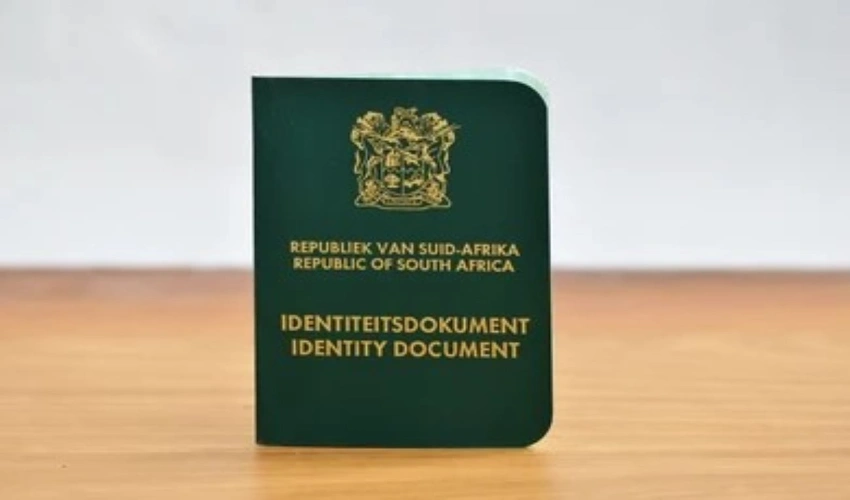In today’s fast-paced digital world, scannable IDs are becoming a crucial component in various sectors, including healthcare, education, retail, transportation, and government. These IDs, which typically include barcodes or QR codes, enable quick data retrieval and verification using scanners or mobile devices. Whether you’re developing employee badges, student IDs, or visitor passes, creating a scannable ID involves more than just slapping a barcode on a card. Below, we’ll explore best practices and practical tips for designing effective, secure, and reliable scannable IDs.
- Choose the Right Type of Barcode or QR Code
One of the first decisions when creating a Scannable ID is selecting the appropriate code format. The most common options include:
- 1D Barcodes (like Code 39 or Code 128): Suitable for IDs that need to encode limited alphanumeric data. They are widely supported and easy to print.
- 2D Codes (like QR Codes or Data Matrix): Ideal for storing larger volumes of information in a compact space. QR codes can include URLs, contact info, or encrypted data.
Choose the format based on your data storage needs, available scanning technology, and the ID’s use case.
- Ensure High Print Quality
Poor printing is one of the leading causes of scanning failures. Low-resolution prints can result in blurred or distorted codes, making them unreadable. Always use high-quality printers and ensure that the print density and contrast meet the requirements for scannability.
For barcodes, black ink on a white background provides the best readability. For QR codes, make sure the modules (squares) are crisp, and avoid using colors that might affect scanner contrast detection.
- Optimize Code Placement
Where the code appears on the ID matters. Ideally, the barcode or QR code should be:
- Easily visible and accessible (not hidden behind a badge clip or lanyard).
- Placed away from corners or edges, which might wear out or become damaged over time.
- Positioned consistently across all IDs to speed up scanning during routine use.
Avoid bending zones like near ID edges, as folding or wear can interfere with code readability.
- Size Matters
Barcodes and QR codes must be appropriately sized to be scannable. Too small, and they may be unreadable; too large, and they can clutter the ID layout.
General size recommendations:
- Barcodes: At least 1 inch wide for linear codes.
- QR codes: A minimum of 1×1 inch for basic data, larger if encoding complex or lengthy information.
Always test different scanners during design to verify the code can be reliably read.
- Use Error Correction
QR codes come with built-in error correction, allowing them to be scanned even when partially obscured or damaged. Always enable this feature during generation, especially if the ID will be used in high-wear environments or exposed to the elements.
For barcodes, using a protective laminate over the print can help prevent smudging or scratches.
- Include Human-Readable Text
Always add human-readable text below or next to the barcode or QR code. This provides a fallback in case the code becomes unreadable. For instance, an employee ID might include both a barcode and the printed employee number or name. This ensures information can still be accessed manually if needed.
- Secure Your Data
Scannable IDs often contain sensitive or personal information. To protect this data:
- Encrypt the information embedded in the QR code.
- Use short codes that reference a secure backend database instead of embedding full data.
- Avoid including private details directly in barcodes, especially if the IDs are publicly visible.
Implement user authentication when accessing data linked to scannable IDs to enhance security further.
- Test Across Devices and Scanners
Compatibility testing is crucial. Ensure the ID can be scanned by various devices:
- Handheld barcode scanners
- Mobile devices with camera scanning apps
- Desktop-based readers
Different lighting conditions, angles, and scanner models can affect performance, so simulate real-world environments during testing.
- Design with Aesthetics in Mind
While functionality is essential, your ID should also look professional and clean. Balance code placement with other design elements like logos, photos, and text.
Use white space effectively around the code to avoid crowding and improve scanning accuracy. Follow your brand guidelines but don’t compromise scannability for style.
- Maintain a Consistent ID Format
Use a standardized layout across all scannable IDs within your organization. This consistency aids in user recognition and reduces scanning errors. Define templates that include:
- Code placement
- Font types and sizes
- Color schemes
- Data formatting
This standardization also streamlines the production and issuance process.
Conclusion
Scannable IDs play a vital role in modern identification and access systems. By following best practices in design, print quality, data security, and usability, you can ensure your IDs are both effective and durable. Whether you’re managing a large staff, issuing membership cards, or creating secure access credentials, these tips will help you create scannable IDs that are reliable, professional, and user-friendly.
Embracing these strategies ensures not only a smoother experience for users and staff but also a robust and secure ID system that stands up to daily use. As technology continues to evolve, keeping your ID design practices up to date will remain a key factor in efficient identity management.
